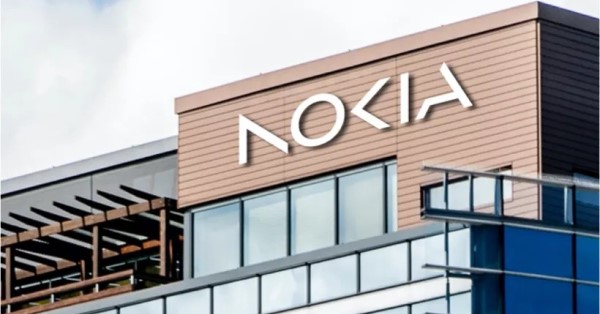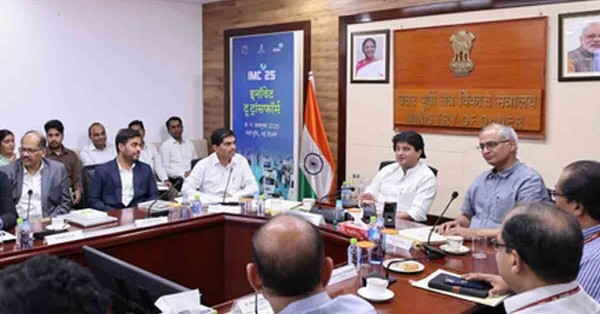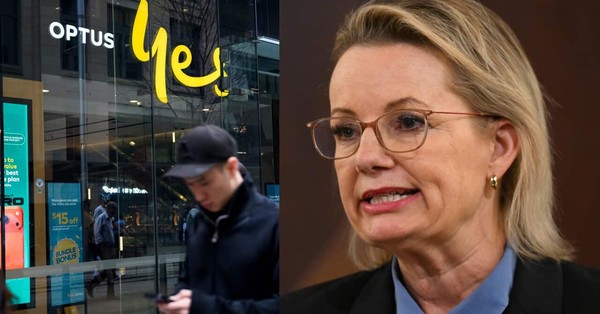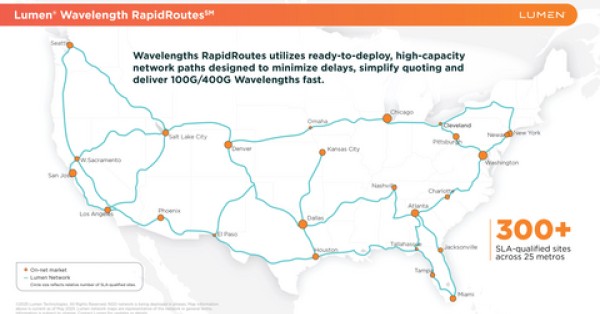Nokia is set to purchase Infinera, enhancing its global optical business and integrating advanced technology. This strategic move aims to bolster Nokia’s presence in North America and diversify its customer base, particularly in the webscale sector.
Nokia and Infinera: Financial Insights and Deal Valuation
Nokia and Infinera have agreed on a transaction valuing Infinera at $6.65 per share, equivalent to an enterprise value of $2.3 billion. This price represents a 28% premium to Infinera’s closing share price on June 26, 2024, and a 37% premium over the 180-day volume-weighted average price. The transaction will be funded with at least 70% cash, while Infinera shareholders can opt for up to 30% in Nokia American Depositary Shares (ADSs). To mitigate dilution, Nokia will expand its share buyback program.
Nokia Expands Market Reach with Infinera Acquisition
Nokia’s acquisition of Infinera will increase the scale of its Optical Networks division by 75%, allowing for faster and broader product development. This move aligns with Nokia’s strategy to enhance its technology leadership in optical networks and expand its reach into the rapidly growing webscale market.
The merger is expected to yield EUR 200 million in net comparable operating profit synergies by 2027. Cost of sales efficiencies and portfolio optimization will contribute to these synergies. This deal will support Nokia’s goal of achieving double-digit operating margins in its Optical Networks business and improving overall Network Infrastructure profitability.
Infinera Acquisition to Drive Nokia’s Optical Network Growth
The acquisition is projected to be accretive to Nokia’s comparable EPS in the first year, with over 10% comparable EPS accretion by 2027. The return on invested capital (RoIC) is anticipated to exceed Nokia’s weighted average cost of capital (WACC). Infinera’s shareholders will benefit from the potential upside of being part of a global leader in optical networking.
Executive Perspectives on Nokia’s Infinera Acquisition
Pekka Lundmark, Nokia’s President and CEO, highlighted the success of Nokia’s increased investment in Optical Networks since 2021. He emphasized the strategic fit and the significant value the combined business will create for shareholders.
Federico Guillén, President of Network Infrastructure at Nokia, expressed enthusiasm for the acquisition, noting that it will strengthen Nokia’s optical capabilities and expand growth opportunities across various customer segments.
David Heard, CEO of Infinera, underscored the benefits for customers, emphasizing the enhanced scale and resources that the merger will bring, enabling better innovation and addressing evolving customer needs.
Nokia’s Enhanced Presence in Optical Networking Post-Infinera Acquisition
The combined entity will possess substantial in-house capabilities, including expanded digital signal processor (DSP) development, expertise in silicon photonics, and photonic integrated circuit (PIC) technology. This consolidation will position Nokia as a strong player in the optical networking market.
Infinera’s robust presence in the North American market, accounting for approximately 60% of its sales, will complement Nokia’s existing strengths in APAC, EMEA, and Latin America. This acquisition will also support Nokia’s commitment to investing in US-based manufacturing and advanced testing capabilities.
Nokia’s Strategic Move: Infinera Acquisition Boosts Enterprise and Webscale Growth
The merger will facilitate Nokia’s strategic goal of diversifying its customer base, particularly in the webscale sector. Infinera’s established presence among internet content providers (ICPs) and its development of high-speed, low-power optical components for intra-data center applications will offer significant growth opportunities, especially in AI workloads.
Infinera Acquisition to Enhance Nokia’s Financial and Operational Synergies
The merger is expected to deliver EUR 200 million in net comparable operating profit synergies by 2027. Approximately one-third of these synergies will arise from cost of sales efficiencies, with the remainder from operating expense reductions due to portfolio optimization and integration.
Infinera Acquisition Enhances Shareholder Value for Nokia
The transaction is expected to be accretive to Nokia’s comparable operating profit and EPS in the first year, with over 10% comparable EPS accretion by 2027. Nokia anticipates a return on invested capital comfortably above its weighted average cost of capital. Additionally, Infinera’s investors will have the opportunity to participate in the growth of a global leader in optical networking.
Nokia and Infinera Acquisition: Transaction Details and Approvals
Under the definitive agreement, Nokia will acquire Infinera for $6.65 per share, allowing Infinera shareholders to choose between cash, Nokia shares, or a combination. Nokia’s Board of Directors has committed to increasing its share buyback program to offset any dilution from the equity component of the acquisition.
The acquisition, unanimously approved by both companies’ boards, is expected to close in the first half of 2025, subject to shareholder and regulatory approvals, including antitrust and foreign investment reviews.
Legal and Financial Advisors in Nokia’s Acquisition of Infinera
Nokia’s financial advisor for the transaction is PJT Partners, with legal counsel from Skadden, Arps, Slate, Meagher & Flom LLP and Roschier, Attorneys Ltd. Infinera’s financial advisor is Centerview Partners LLC, and legal counsel is provided by Wilson Sonsini Goodrich & Rosati, Professional Corporation.
Nokia’s Strategic Acquisition of Infinera: Key Takeaways
Nokia’s acquisition of Infinera represents a strategic move to enhance its optical networking capabilities, expand its customer base, and drive profitability. The combined entity will be well-positioned to innovate and compete in the global optical market, delivering significant value to shareholders and customers alike.
Nokia will host a conference call on Friday 28 June at 09:00 am Helsinki / 07:00 am UK Time (11:00 pm Pacific Time on 27 June) to discuss the transaction. To pre-register: https://dpregister.com/sreg/10190379/fcf4b207d2








































